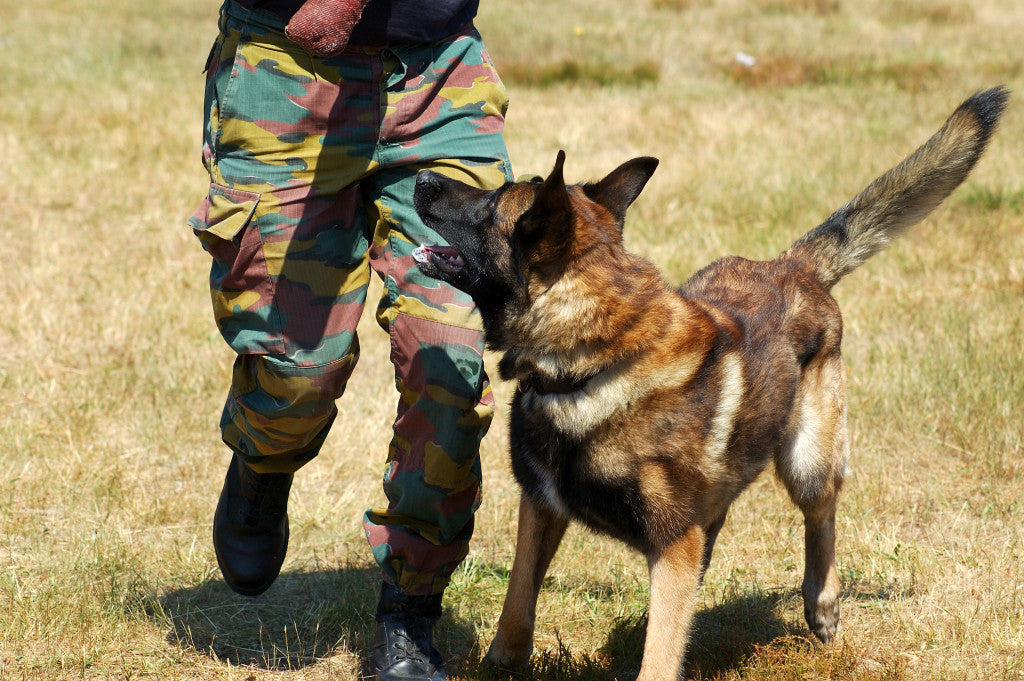A Tribute to Service Dogs
Hello friends, thanks for checking out my blog! I’m still getting used to having a baby brother in the house. Chio can be a handful and I’m doing my best to put manners on him, which is not easy. A big bark out to everyone who came over to my Facebook page to say hi. If you haven’t already liked my page Charger the Guide Dog, you can find it here. I’d love to make new interesting friends and feature them in my blog or on my page.
Last week we celebrated Veterans Day and it got me thinking. We never pay much attention to the dogs that work to protect their country. There are also specially trained service dogs that help veterans who have been wounded or suffer from PTSD. As Veterans Day includes K9 veterans, I wanted to dedicate this week’s blog to the dogs of the Armed Forces.
Dogs play a very important role in the US Defense Department, from sniffing out bombs to finding people who are buried alive, to giving comfort to those who have suffered trauma. There are around 1,700 military dogs in service throughout the US Defense Department. I found a few really cool Facebook pages that you might like to check out.
- Military Working Dogs Facebook page lets you see some of the brave dogs that have served in the US Military. Read their story and how they dedicated their lives to their country.
- The US Coast Guard also has a Facebook page for their Maritime Safety and Security Team. The K9 members are really popular on this page. They have pictures of dogs in parachutes, I’ll say no more!
- Americas Vet Dogs is a non-profit organization that runs programs to help provide veterans or active duty members with therapy dogs.
The downside of dogs in the US Military is that they can develop canine PTSD, just like their human counterparts. In 2014, around 5% - 10% of dogs deployed in combat settings shows signs of having canine PTSD. The diagnosis was only confirmed in 2010 so it’s a fairly newly recognized condition. Some veterinarians don’t recognize this behavioral phenomenon at all.
It’s quite sad that the dogs in distress can’t speak up and tell their handlers what they are feeling. Just like regular dogs with anxiety, dogs with canine PTSD can get clingy, timid, aggressive or try to escape or hide. They can even avoid their daily routine tasks. Every dog reacts to stress differently.
What can be done to counteract canine PTSD and help dogs with anxiety? Like regular dogs with anxiety, there are a few options available. Anti-anxiety medication is sometimes given short-term. Dogs work with behaviorists to be desensitized to stressful situations. Counter-conditioning is also used after distressing tasks to reinforce good behavior.
As a dog that suffers with anxiety I know too well that the road to rehabilitation can be long and winding. Dad tried all kinds of treatments with me before building me a ZenCrate to hide out in during thunderstorms. Soon the ZenCrate will be available for other dogs with anxiety issues.
If you liked my blog please share it with your friends. Canine anxiety is an issue that’s often overlooked and I’m on a mission to raise awareness. To find out more about dealing with dog anxiety, you can sign up to my weekly blog post on the right side of this page. Thanks for reading and I hope to see you over at my Facebook page.
Charger


